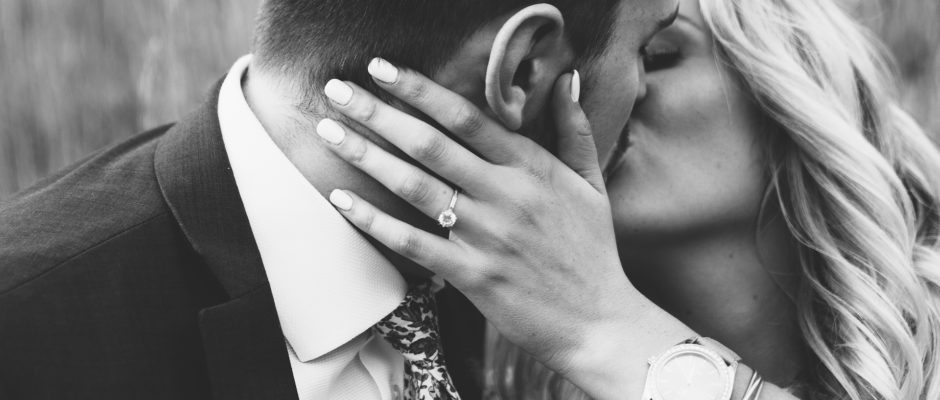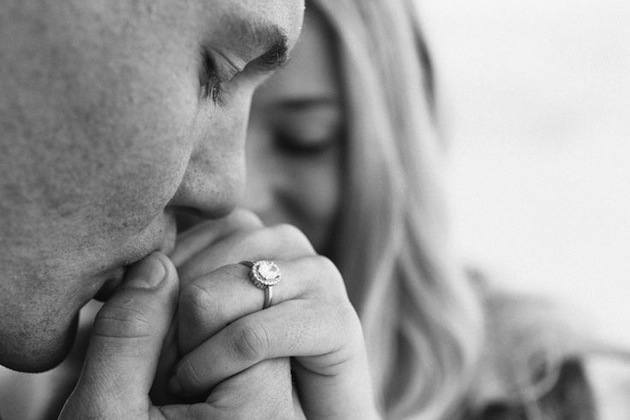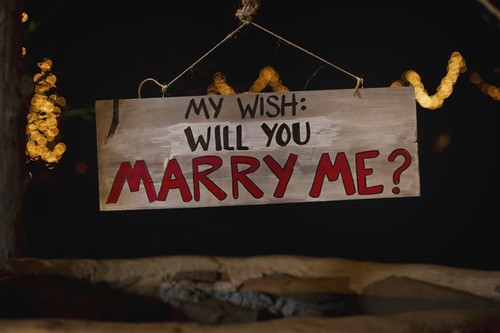
It’s the perennial question and one I get asked more than any other: How much should I spend on an engagement ring?
The honest answer is that you should always spend what you can sensibly afford. For lots of people that goes against the grain because they’ve grown up believing that you need to spend a fortune on a ring to go with a proposal.
I’m never quite sure whether the person asking the question is hoping to hear a price that won’t break the bank but also won’t make them look like a cheapskate, or whether they’re trying to work out how much they need to save.
Or maybe they’re trying to arm themselves with information that will help them to manage the expectations their intended spouse has of the value of the rock that will sit on her finger – I’ve seen with my own eyes the consequences of a guy falling short when it came to what was given and what had been expected!
To better understand how much you should spend on an engagement ring, you really need to understand what it is you’re buying – not in terms of its symbolic or sentimental value, but in terms of its physical value.
Regular readers of my articles and social media followers will already be familiar with the Four Cs – clarity, colour, carat and cut – and these together make up the material value of the item you purchase. Put simply, for the most part they are what you spend your money on.
There’s obviously a cost to the bare ring itself, which is likely to be made from a precious metal, usually platinum or silver, and there’s the cost of actually making the ring to be taken into account as well. But the largest proportion of the cash you’ll hand over for the completed work is the sparkly stone that sits majestically on top of it.
Everything comes back to the Four Cs because how much you pay ultimately comes down to the level of quality you buy. It’s entirely possible to buy a cheap diamond engagement ring, but it’ll be cheap because the diamond is cheap, not because you’ve found a bargain. Miracles do very, very occasionally happen, but as you might expect, they’re as rare as hen’s teeth in the jewellery trade.
I’ve written a whole blog that will help you to understand the Four Cs and how to apply that knowledge when you choose a diamond engagement ring and you’ll need to read it and see the graphic guide to appreciate it properly.
But here’s the lowdown on how the Four Cs contribute to the monetary value of any diamond you might be thinking about offering to the love of your life.
Cut
This is the priority. Cut can refer to the shape of the diamond, but the brilliance of the stone depends hugely on how it’s cut. There are five basic types of cut, for the purposes of grading, and regardless of any other consideration, well-cut stones will always have a higher value than stones that are cut more deeply or more shallowly. A good jeweller will always tend to carry higher grades of well-cut stones to ensure quality.
Clarity
Most diamonds are flawed on the inside, bearing inclusions that affect their brilliance. These are, if you like, the scars that are caused in the natural formation of the stone. The fewer flaws, the more brilliant and, consequently, more valuable the diamond.
Colour
The colour of a diamond is graded in five ranges: D to F (colourless), G to J (nearly colourless), K to M (faint colour), N to R (very light colour) and S to Z (light colour). Stones at the D end of the range are more valuable than those running toward Z.
My personal recommendation is always to go for a stone between F and G, but it’s a matter of opinion and colour can make areal difference to the price tag – so for you, it could be that the budget wins in that game.
Carat
This refers to the weight of the diamond. Smaller diamonds are more common than larger diamonds, and so tend to be less valuable (and therefore less expensive) than their larger counterparts, where the other qualities - clarity, cut and colour - are broadly comparable.
So, what does all that mean? In very simple terms, it means a 1 carat, too shallow cut, light coloured diamond with many inclusions will cost you very much less than a 2 carat, well-cut, colourless diamond with no visible inclusions.
Which is all well and good, except you’re not a jeweller and you probably wouldn’t be able to tell two diamonds at either end of the quality scale apart. Which is why you need to deal with a jeweller and not a High Street store or online shop.
Going back to the original question, if you’ve got a budget in mind, I can recommend the very best diamond engagement ring possible for that price. Whether it’s what you or your intended actually wants is a subject for a different blog!






